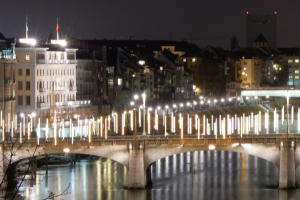neuroanatomist said:9VIII said:As soon as you edit your photo, you’ve become a painter, but your photograph is a written record.
It’s a strict recording of what is occupying the space in front of the camera, you can manipulate what sits in the optical path, but your manipulation doesn’t change what the photograph fundamentally is.
No post-processing other than standard conversion from RAW. What is this?
Is it a contest? What's the prize?
Here's my guess: a 15-second exposure of an outdoor (building with flags) night scene across a frozen body of water, probably a river (buoy lower-right? Charles?). At the right of the frame, you can just barely see Cthulhu rising from the depths.
Upvote
0

